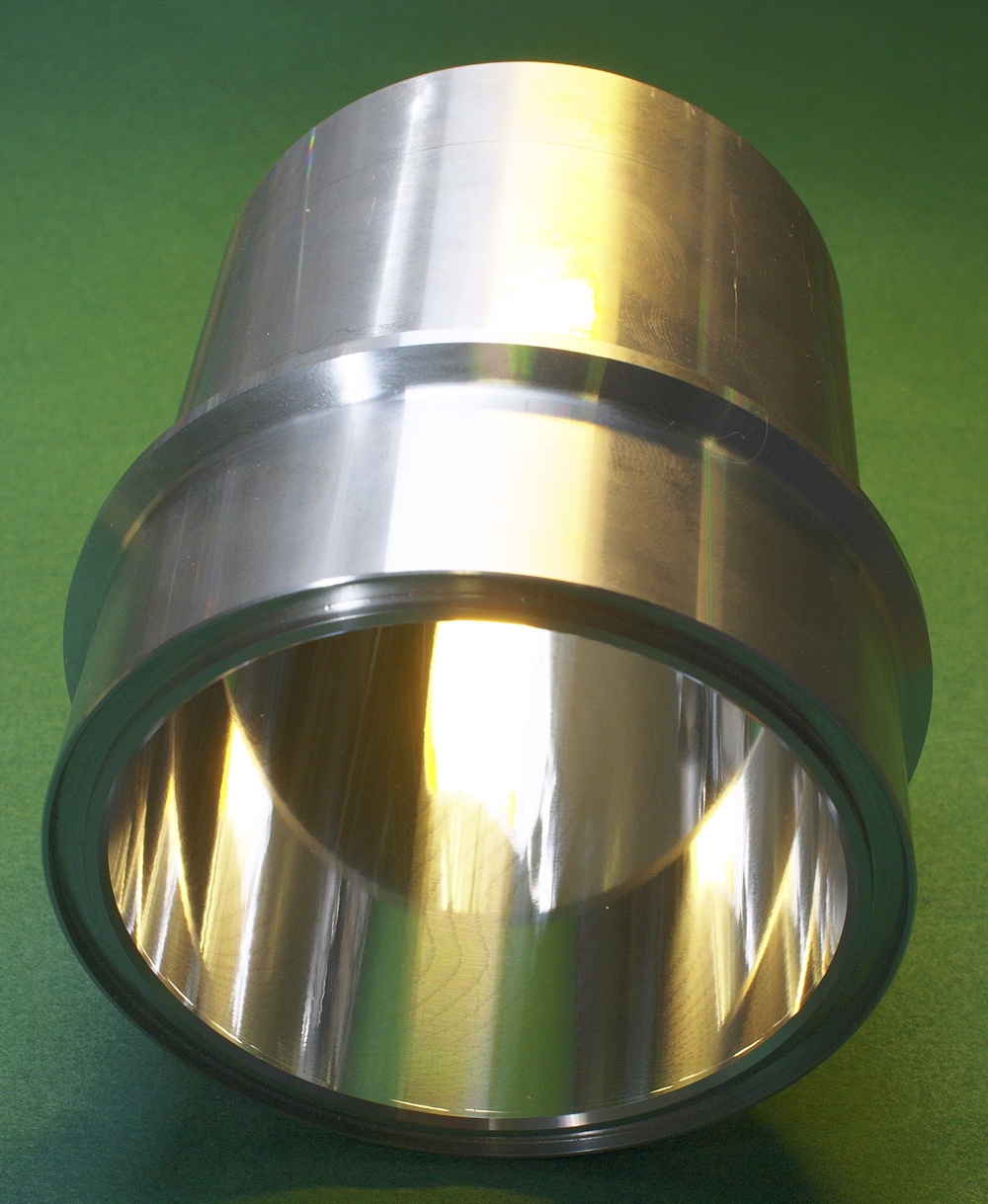Less friction loss in combustion engines
Researchers have developed a method that can reduce engine friction and wear even during production of engine components. Special coatings can help to reduce fuel consumption and CO2 emissions.

If a new car engine is to run „smoothly,“ first it has to be properly run in: drivers should avoid quick acceleration and permanent short trips during the first 1000 kilometers, for instance. Why is this „grace period“ necessary at all? When an engine is being run in, the peripheral zone on the articulations – the components in mechanical contact with one another – changes as a result of friction: the surface itself becomes „smoother“, and the granularity of the microstructure becomes finer at a material depth of roughly 500 to 1000 nanometers (nm), creating a nanocrystalline layer.
Quite a bit of friction has taken place, though, by the time this nano scale layer has formed. That is why, even now, a large share of the energy is lost to friction during the phase in which an engine is run in. Surface running properties are also a function of the customer‘s behavior during the running-in phase. A critical topic for the automotive industry: against the backdrop of increasingly scarce resources and the need to reduce CO2 emissions, reductions of friction loss has top priority on the development agenda.
More precision through optimized production technologies
Within the scope of the “TRIBOMAN“ project, researchers at five Fraunhofer Institutes are working to develop production methods and processes to improve combustion engines‘ tribological (meaning friction-related) performance. The focus is on components exposed to particularly high levels of friction, such as the running surfaces of engine cylinders. „Our common approach is to move the process of forming marginalized layers to an earlier stage in production,“ explains Torsten Schmidt from the Fraunhofer Institute for Machine Tools and Forming Technology IWU in Chemnitz.
Schmidt and his team have developed optimized production technologies for precision finishing in this connection. „For precision drilling of running surfaces on cylinders, we use defined cutting edges with a specific design. This results in very high surface quality,“ Schmidt adds. „We also systematically use the force of the machining process to promote ‚grain refinement‘ - meaning the hardening of the materials - even during production.“
The new process is designed to improve the influence on friction and wear in engine components in the future – taking the automotive industry a significant step closer to achieve the goal of using energy more efficiently and reducing CO2 emissions. But customers stand to benefit as well: these new advancements would considerably shorten the running-in period for new engines. Besides improvements in comfort, it also reduces the risk of premature wear as a result of running in a new engine.
Using a single cylinder test engine with cylinder running surfaces of aluminum, researchers at the Fraunhofer Institute for Mechanics of Materials IWM in Freiburg have already documented the first positive results of this kind of modified finishing: analyses of the processed cylinder surfaces showed a significantly lower grain size compared to conventional methods. The surface microgeometry is comparable to the cylinder running surfaces of well-run-in cylinders. Researchers are currently working to adapt their method to new development trends in automobile manufacturing such as the introduction of biofuels: since the ethanol content of biofuels is higher, aluminum components are now usually fitted with a coating layer to protect them from corrosion more effectively.